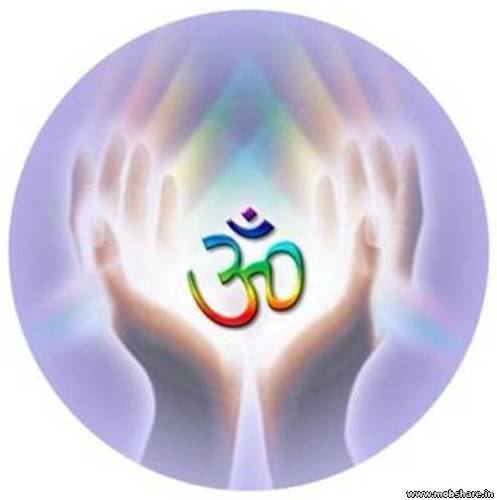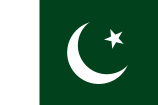Wednesday, February 09, 2011
The committee under the chairpersonship of Begum Nasim Akhtar Chaudhry voted against the bill by saying that these were mere dialects and not languages.
The recent effort by some legislators is `full of contradictions … that could cause fissures too difficult to heal`, as quoted by Dawn editorial `Speaking in tongues` (Jan 27).
The members have failed to understand political dynamics and the historical perspective of the language crisis in Pakistan.
They have unnecessarily included the issue of Persian and Arabic languages in the bill, as the ill-drafted bill can weaken the historical case of the national languages of the four constituent units.
There may be many languages spoken in a province and there may be many dialects of the same language. But the language of that province or area will be the one spoken by the majority.
In Punjab many dialects are spoken like Majhi dialect is spoken in Lahore, Sheikhupura, Gujranwala, etc., in upper Punjab.
Rachnavi is spoken in Khanewal, Faislabad, Chinniot, Okara, Sargodha, etc. Doabi is spoken by the people inhabited between Bias and Sutlej basin (Rachna Doaab). Malavi is spoken by those who migrated from Anbala, Ludhiana, Hisar, and Haryana. Hindko/Pothohari is spoken in different areas of Punjab and Pukhtunkhwa, including Attock, Chakwal, Murree, Rawalpindi, Naushera, etc., but the language of Punjab is, and will always be, called Punjabi, which encompasses all dialects.
The same is the case with Sindh where Brohivi, Seraiki, Dhatiki, Gujarati, Marwaree, Urdu, Balochi and many dialects of the Sindhi language itself are spoken.
But the majority language shall remain Sindhi. The same is the case of Pakhtunkhwa and Balochistan where people speak various mother tongues and local dialects.
All these languages should be given a proper status but all the mother tongues cannot be declared national languages.
Historically speaking, Pakistan came into being when the people of five motherlands having geographic boundaries, centuries-old culture and language resolved to join hands to form a new state.
What should have happened was that the national languages of all the five constituent units should have been recognised and declared as a medium and means of expression and instruction of the new country.
This would have enormously increased the chance of social cohesiveness and cultural integration.
The issue of recognition of national languages should not be mixed with various mother tongues and dialects.
Pakistan should have four national languages: Balochi, Pashto, Punjabi and Sindhi, with English as the official language of the state and Urdu as a medium of lingua franca.













No comments:
Post a Comment